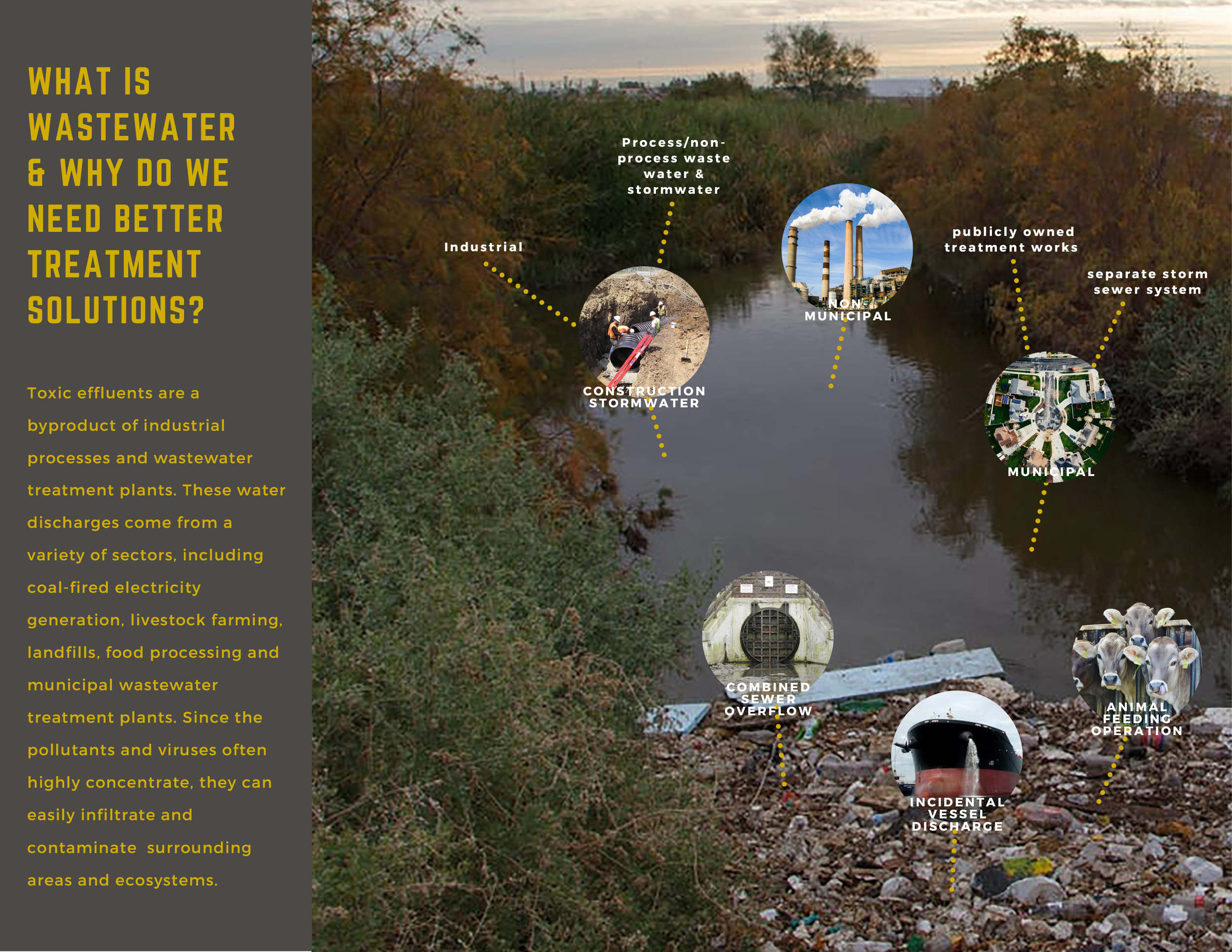Significant sources of wastewater and other leachates are regulated by the Environmental Protection Agency to ensure that discharges of harmful compounds do not exceed a given limit. Depending upon location, environmental restrictions of wastewater discharge will grow, leading to treatment options that are cost-effective, reliable, and capable of dealing with a wide range of pollutants.
ELECTROCOAGULATION TREATMENT:
Electrocoagulation systems provide multiple benefits when compared to traditional chemical treatment or filtration methods. A key point of divergence between these methods is that electrocoagulation is not additive. Chemical treatment neutralizes pollutants by pouring more substances, and therefore money, into solution while electrocoagulation facilitates their removal with sacrificial electrodes. Therefore, chemically treated sludge is often caustic, whereas effluent from electrocoagulation is neutral (6 - 7 pH) and contains stable, oxidized metals that are no longer harmful to the environment.
APPLICATIONS:
Cooling Towers, Municipal Sewage, Indirect Potable And Industrial Reuse, Landfill Leachate, Brewery, Industrial, Utility And Food Processing, Dairy And Agriculture, Mining, Oil And Gas Process & Flowback Water, Tunneling And Excavation Colloidal Clays & Silica, Oil Sands Tailings Conditioning & Water Recovery, Reverse Osmosis Preconditioning







